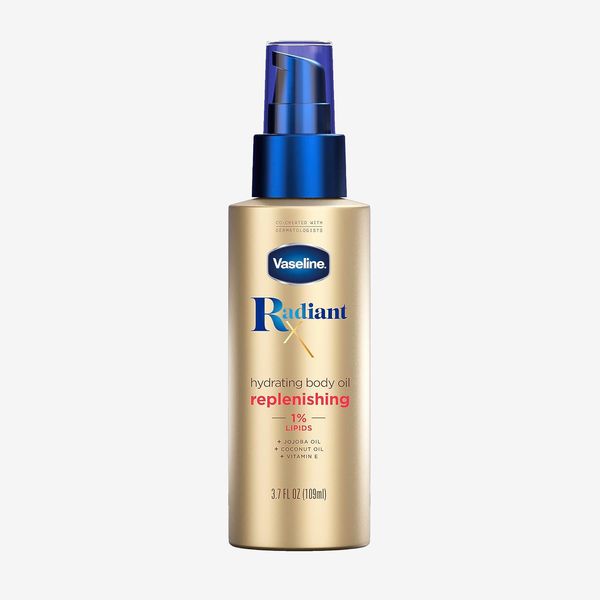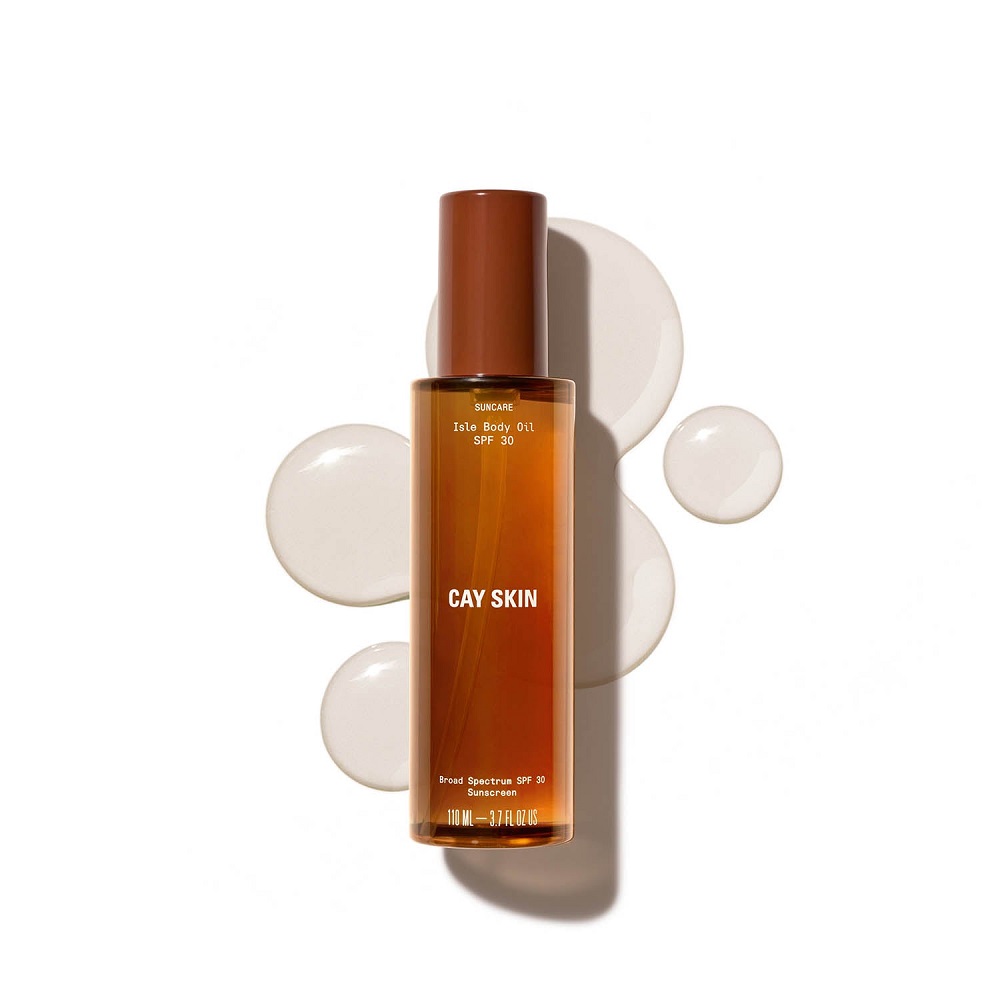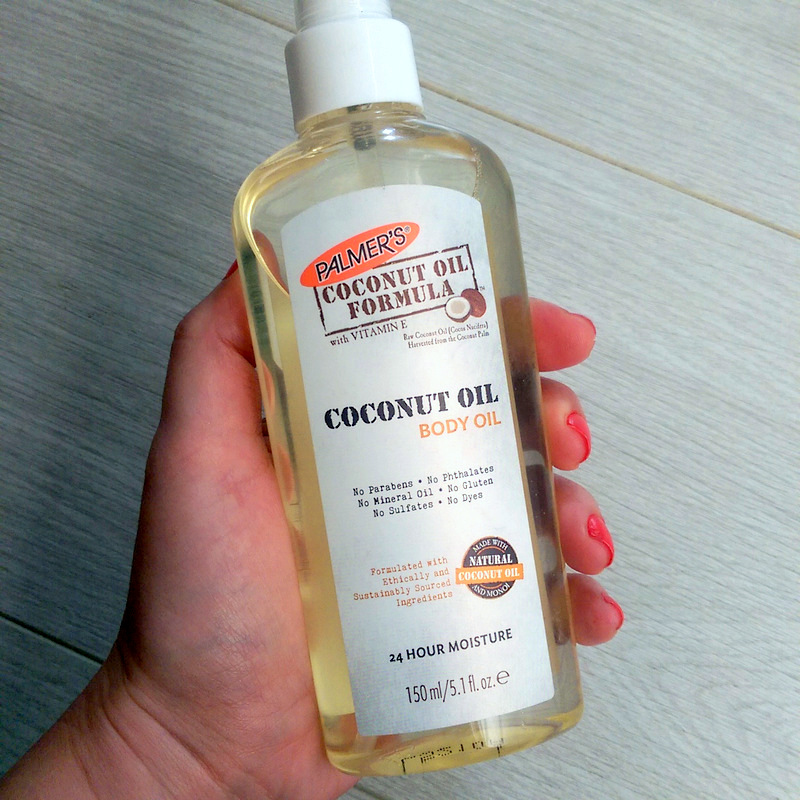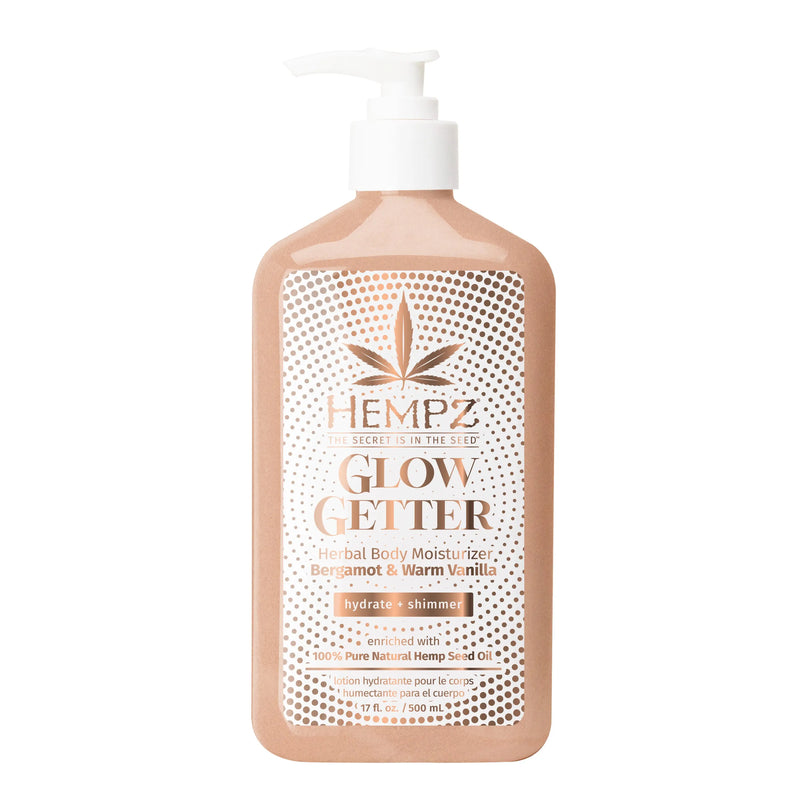When it comes to skincare, many people want to understand the best ways to keep their skin hydrated. Two popular products in the skincare world are body oil and lotion. Both offer hydration but serve different purposes. Understanding when to use each product can maximize their effectiveness. This article will explore the benefits of using body oil before or after lotion. We’ll dive into the characteristics of both products and how they can fit into your skincare routine.

Understanding Body Oil
What Is Body Oil?
Body oil is a product made primarily of oils and fat-soluble ingredients. Unlike lotion, which has a water base, body oil works differently. It often contains natural oils like coconut, jojoba, and almond oil. These oils penetrate the skin’s barrier effectively and deliver moisture deep within. Body oils often have additional benefits, such as leaving the skin smooth and giving it a glowing appearance.
How Does Body Oil Work?
Body oil serves as an occlusive agent. This means it forms a barrier on the skin’s surface, locking in moisture. When applied, it helps to reduce water loss. This barrier protects the skin from environmental factors like harsh weather and pollution. Body oils can penetrate the skin better when the skin is slightly damp. Applying oil right after a shower can trap in moisture from the water, enhancing hydration.
Benefits of Body Oil
Body oil offers multiple benefits. First, it provides intense moisture. This is especially important for people with dry or sensitive skin. Oils can help soothe irritation and restore the skin’s natural lipid barrier. Regular use of body oil can lead to softer and smoother skin.
Next, body oils are versatile. You can use them directly on your skin or mix them with your lotion. This flexibility allows you to customize your skincare routine. Some people even use body oil for massages or as a hair treatment.
Finally, many body oils contain essential fatty acids and vitamins. These ingredients nourish the skin, promoting overall skin health. Ingredients like vitamin E can offer antioxidant benefits, helping to protect the skin from damage.
Understanding Lotion
What Is Lotion?
Lotion serves as another popular skincare product. Unlike body oil, lotion is primarily water-based. It typically combines water, oils, and other ingredients. Lotions are designed to hydrate the skin while offering additional benefits, such as soothing and repairing skin.
How Does Lotion Work?
Lotion works similarly to body oil, but it has a different focus. The water content in lotion helps to hydrate the skin quickly. The oils in lotion help to lock in that moisture. When applied, lotion usually absorbs quickly, providing immediate relief for dry skin. It’s ideal for everyday use and can be less greasy than body oil.
Benefits of Lotion
Lotions have numerous benefits. First on the list is hydration. Lotions offer a quick and effective way to moisturize. They are often lightweight and suitable for layering under other products. This makes them popular for people who dislike heavy creams or oils.
In addition to hydration, lotions can contain various skin-loving ingredients. Many lotions include vitamins, antioxidants, or essential oils that enhance skin health. Some lotions provide specific benefits, such as anti-aging properties or soothing irritated skin.
Finally, lotions can be easily customized. They come in different formulations for various skin types. Whether you have oily, dry, or combination skin, there’s a lotion suited to your needs.
Body Oil Before or After Lotion?
The Argument for Using Body Oil Before Lotion
Using body oil before lotion can be quite beneficial. The oil serves as a sealant, locking in moisture. Here’s how this sequence can work.
- Start with Clean Skin: Begin your routine with freshly cleansed skin. After your shower or bath, your skin is slightly damp. This is the ideal time to apply body oil.
- Apply Body Oil: Pour a small amount of body oil into your palms and rub them together. This warms the oil and makes it easier to apply. Gently massage the oil onto your skin. Focus on areas that tend to get dry.
- Follow Up with Lotion: After the oil has absorbed slightly, apply your lotion on top. The lotion will seal in the oils’ hydration. This combination can lead to soft, supple skin.
This method is especially effective in the winter months or in dry climates. The oil helps to keep moisture from escaping. When you add lotion, you boost hydration levels even more.
The Argument for Using Body Oil After Lotion
Using body oil after lotion is another effective method. Here’s how it works:
- Start with Clean Skin: As before, begin with freshly washed skin. It’s best if you apply lotion right after your shower.
- Apply Lotion: Use a generous amount of lotion on your skin while it’s still damp. Massage it in using circular motions to ensure even coverage. The lotion will hydrate your skin immediately.
- Finish with Body Oil: After the lotion has absorbed, take a small amount of body oil. Apply it over the lotion. This acts as a protective layer, locking in moisture from the lotion underneath.
This method can give your skin a dewy finish. The oil creates a barrier that prevents moisture from escaping. It’s beneficial for those with normal to oily skin types who want to reduce the appearance of dry patches.
Personalizing Your Routine
Consider Your Skin Type
Choosing whether to apply body oil before or after lotion can depend on your skin type. For dry skin, applying body oil first is usually beneficial. It allows for maximum moisture retention. Oily skin types may prefer applying lotion first, as it absorbs quickly.
Individual Preferences
Your skincare routine should reflect your personal preferences. Some people enjoy the feel of oil on their skin. They might prefer to use body oil first. Others might find body oil too heavy and prefer lotion first. Try different combinations and see what feels best on your skin.
Seasonal Changes
The time of year can also impact your routine. In the summer, body oil may feel heavier and greasy. In contrast, winter dryness may call for layering both products. Adapt your routine to suit your skin’s needs throughout the year.
Popular Ingredients to Look For
In Body Oils
When shopping for body oils, look for high-quality oils that offer numerous benefits. Here are some popular options:
- Jojoba Oil: Similar in structure to the skin’s natural oils, jojoba oil is great for all skin types. It absorbs quickly and doesn’t feel greasy.
- Sweet Almond Oil: Rich in vitamins A and E, sweet almond oil nourishes the skin and promotes softness.
- Coconut Oil: Known for its moisturizing properties, coconut oil is a favorite. It’s ideal for dry skin but may feel heavy for oily types.
- Argan Oil: Packed with antioxidants and fatty acids, argan oil promotes skin hydration and elasticity.
In Lotions
When selecting a lotion, consider these key ingredients:
- Hyaluronic Acid: This powerhouse ingredient helps to attract moisture to the skin. It keeps the skin plump and hydrated.
- Shea Butter: Known for its moisturizing properties, shea butter is excellent for dry skin. It’s rich and creamy, providing long-lasting hydration.
- Glycerin: This ingredient acts as a humectant, drawing moisture to the skin. Glycerin works well in lightweight lotions.
- Aloe Vera: Known for its soothing properties, aloe vera is great for irritated skin. It’s light and absorbs quickly.
Conclusion: Finding What Works for You
In summary, both body oil and lotion offer unique benefits for hydrating and nourishing your skin. Using body oil before or after lotion depends on your individual needs, skin type, and preferences.
Experiment with both methods to see what provides the best results for you. You may find that your skin responds better to a particular sequence. In any case, combining both products can lead to healthier, glowing skin. So go ahead, pamper yourself with body oil and lotion. Your skin deserves it!


